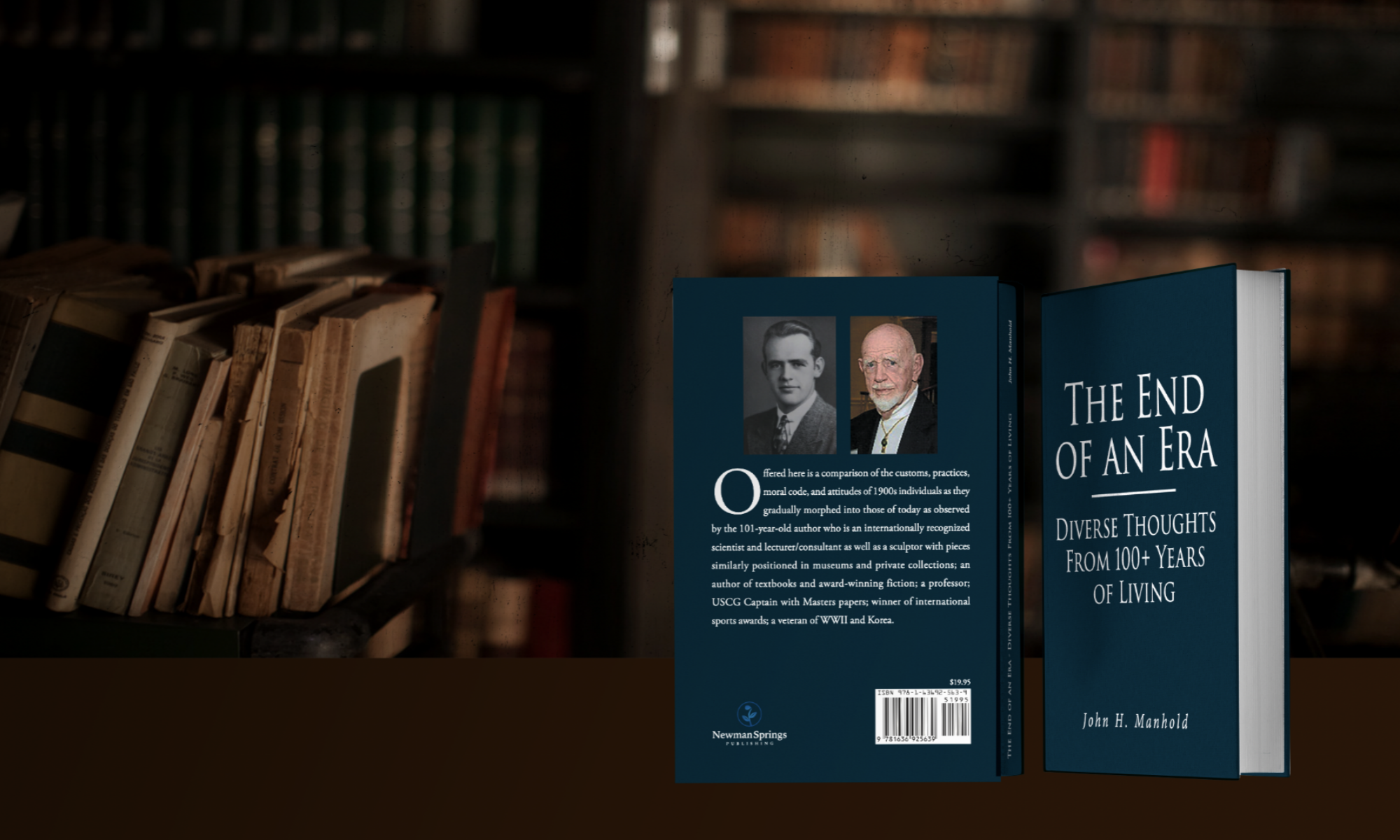The Robot and Automation Almanac 2021 ISBN: 9781946197719 Prestige Professional Publishing edited by Jason Schenker, Chairman of the Futurist Institute.
Sub-titled “Between Robocalypse and Robotopia COVID Edition” This volume is another in the series of Futurists Association attempting to keep readers abreast of the phenomenal yearly development in Robot technology and associated AI advances. It includes a Preface, Introduction. Discussions on “The Year Ahead and Beyond” and “The Future is for Futurists” by the Editor. Following his remarks are succeeding chapters of explanation and discussion of various aspects of the subject, each by ‘authorities’ on their version of the subject with pertinent references at the end of the presentation.
Discussion: This little volume presents a most worthwhile in depth update on Robots, their future, interaction with humans and with respect to the forward movement of artificial intelligence per se for the person not personally involved. From this reviewer’s perspective, one of the most illuminating remarks offered early in the book by one of the contributors was a simple example of how far we have travelled in a short time. Simply stated, he pointed out that today’s smart phone has a million times the memory and more than 100,000 times the processing power of the computer used in the Apollo 11 Mission. Another interesting fact is the belief in the necessity to next proceed to investigate in depth the neural networks in individuals in order to define how small nuances may be discerned and how they may be incorporated. A third point of interest is establishment of ‘boot camps’, along with ‘just-in-time’ learning from random opportunities – coffee break, commuting and similar – result in aptly termed “upskilling”, to provide somewhat knowledgeable people with further training so that often more ‘formal education’ is not required. Further fascinating subjects are extension of robotic usage in numerous different fields is predicted that will physically interact these ‘creations’ with humans directly and safely in a shared workspace. The great need that has been demonstrated for them by the covid-19 pandemic especially in the consumer and ‘cleaning/sanitizing’ areas and, especially in health fields where a true type of intellectual human-robot interaction is required. The book wraps-up with the book’s Editor explaining The New, New Normal; a brief description of The Futurist Institute; About the Editor that presents Mr. Schenker’s extensive qualifications; a list of Institutes’ publications and forthcoming titles; Jobs for Robots; The Future after Covid; a disclaimer from the Publisher and the Institute and a repeat of the Copyright completes the book.
5* Easy to read, current/future status of Robotics and AI for the interested but uninvolved
